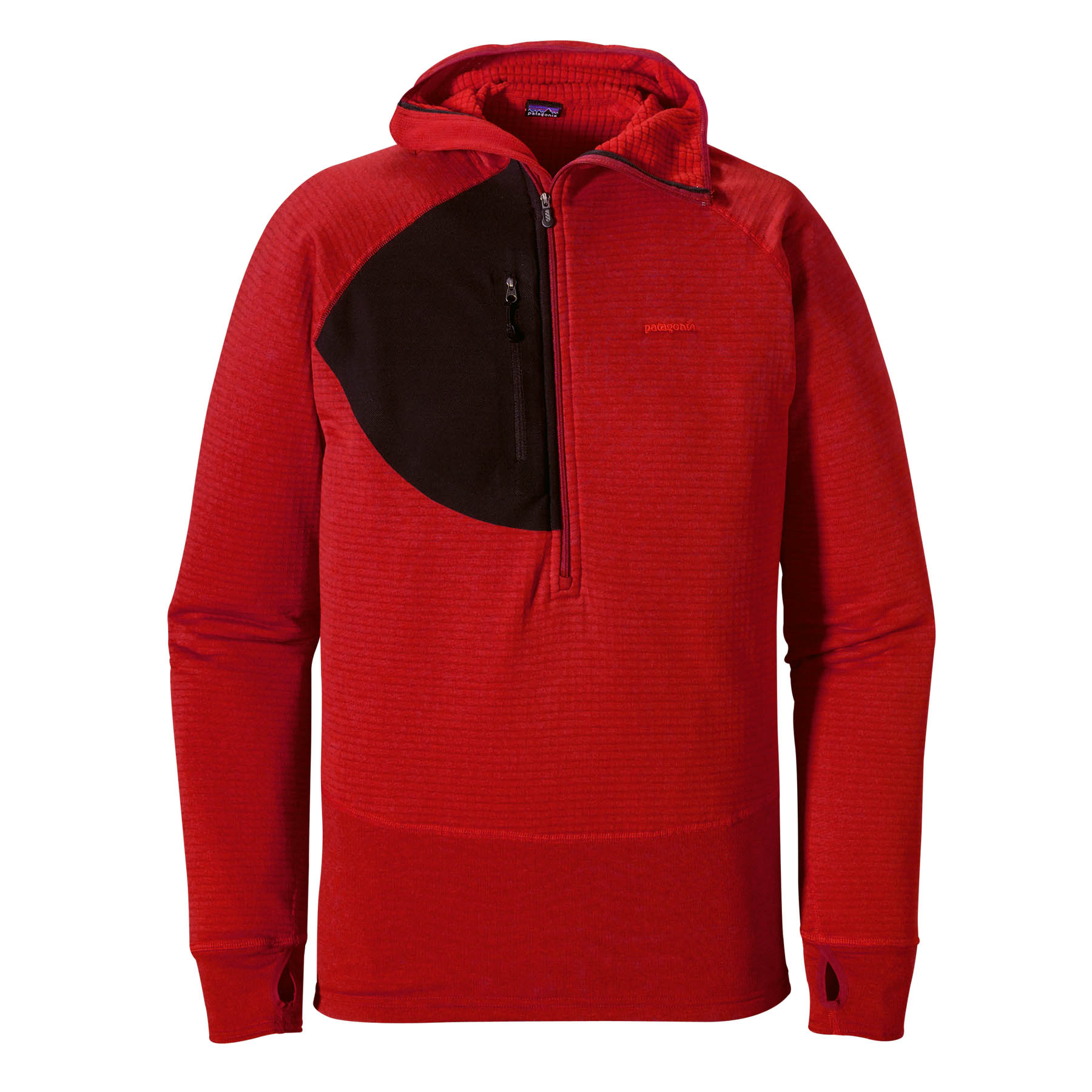Another weekend with a relatively poor forecast saw myself and Stubbs head to the Lakes to see what we could get done.
 Myself leading the final pitch of Bilberry Buttress VS.
Myself leading the final pitch of Bilberry Buttress VS.
Friday actually started out with some pleasant sunshine as we left Lancashire at midday however by the time we had reached Langdale the clouds had come in and started to look rather grey and the wind had picked up. We decided on taking a gamble that we could get up
Pluto HVS 5a on Raven crag before it got any worst. I led up the lovely 4c corner crack which has some good jamming and laybacking and then Stubbs did the 4c traverse which was also nice. With just the crux left the wind decided to pick up and the spitting rain started to get heavier so we finished up the final easier 4b pitch of BilberryButtress. A rapid pack up and sprint down to the Old Dungeon Ghyll soon had us sipping ale watching the now monsoon like rain from underneath a umbrella.
 The Napes on Great Gable.
The Napes on Great Gable.
Saturday morning we woke up in the back of the Vectra to what looked like a promising day. With knowledge of the forecast we still decided to play it safe so drove over to Wasdale head with the intention of heading up to the Napes on Great Gable. We did the approach relatively quickly and then the climbers approach before finally scrambling up to the bottom of Napes Needle. Stubbs's lead the first section up the
Wasdale Crack HS 4b* which was a fairly green, moist, polished struggle and belayed at the shoulder. I then came up and led the top block, which was less moist, but more polished. Stubbs came up, we stood on the top, had photos from some nice passers by.
 Stubbs coming up the final moves to the top of Napes Needle.
Stubbs coming up the final moves to the top of Napes Needle.
Stubbs then down-climbed back to the saddle re-clipping the gear before I dis-assembled the belay and reversed the route also. We then abseiled off from the tat thats at the shoulder stance. The route was ok, and I'm glad to have of done it as it perhaps one of, if not 'the' classic route in the UK. Some say its the place where climbing actually started with its first (solo) ascent. It was however smaller than I was expecting and it didn't really feeling that exposed. Perhaps climbing a lot in the Alps and other alpine regions of the world desensitizes you to these sort of things. If your a British climber and you've not done it then it is certainly a must, but I don't think its a route I'll be repeating for pleasure in the near future.
 Both Stubbs and Myself on the top. I always told him i was taller.
Both Stubbs and Myself on the top. I always told him i was taller.
We were both getting pretty cold at this point so we roped up and to warm up we moved together up
Needle Ridge VD***. The climbing is good but after the first steep sections becomes a little easy and dis-jointed so it was nice to be moving together and quickly. We topped out in ever increasing winds and headed down Great Hell Gate to the bottom Tophet Wall our third objective for the day. Unfortunately just as we'd put the packs down the spitting rain evolved into a similar monsoonal shower that we saw the previous day, deja vu. A fast descent scree running led us down to the valley where we proceeded to run back to Wasdale Head, arriving back at the car absolutely soaked to the skin.
 Final section of Needle Ridge, with Wasdale and the sea in the background.
Final section of Needle Ridge, with Wasdale and the sea in the background.
We woke up on Sunday morning, after it hadn't really stopped raining since it started the previous afternoon and decided to try and climb anything in the Lakes would be pretty foolish and probably not that enjoyable so instead we drove to Yorkshire to do
Red Pencil Direct HS 4b on Pen Y Ghent one of the last Classic Rock ticks left in the North for both of us.
 Stubbsy, showcasing his love of British weather.
Stubbsy, showcasing his love of British weather.
Surprisingly, considering we had not got a map of the area bar a 1:250,000 AA road map and no guidebook, and all we knew was that it was a 30m pitch of gritstone climbing somewhere on the side of Pen Y Ghent with a 1-1.5 hour walk in all went well. We approached by the summit, overtaking many many ramblers, then descended and traversed into the crag as the clag came in and stumbled upon what we deiced was the route. If it wasn't for the fact that the rock was pretty wet and green the climb would of been really good and I can completely see why its in Ken Wilson's book. It is however quite a long way to walk for one pitch of climbing.
 Me leading Red Pencil.
Me leading Red Pencil.
So, while the weather could of been kinder, a good weekend where we still managed to get a reasonable amount done.


















































